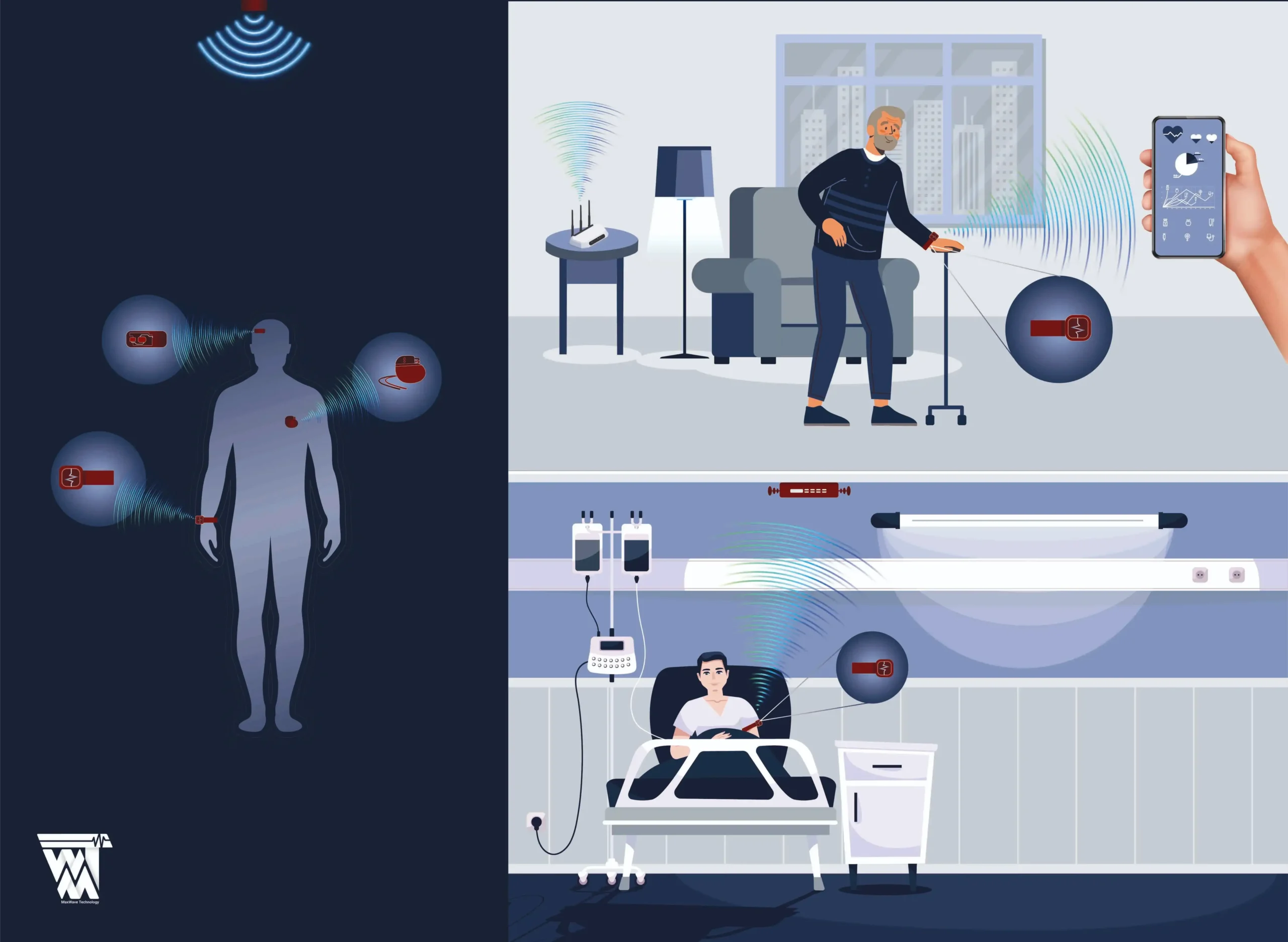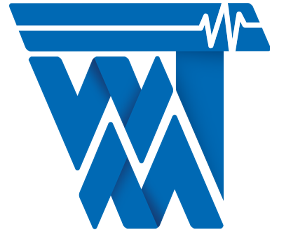Implants in the human body have revolutionized medical treatment, offering solutions for a myriad of health issues. These tiny devices, ranging from pacemakers to neural implants, are designed to enhance or restore bodily functions. One of the groundbreaking advancements in this field is wireless power transfer for implants. By eliminating the need for traditional batteries or wired connections, wireless power transfer enables seamless integration of implants into the body. This technology not only enhances patient comfort but also minimizes the risk of infection and device malfunction associated with conventional power sources. With wireless power transfer, implants can be charged or powered remotely, providing a new level of convenience and flexibility in medical care.
Moreover, the advent of wireless monitoring for biomedical devices has brought about a paradigm shift in healthcare management. Devices such as wristbands and implants can now be equipped with sensors for real-time health monitoring. Utilizing RF signals, these devices can transmit data to healthcare professionals without the need for physical contact or cumbersome wires. This wireless monitoring enables continuous tracking of vital signs, activity levels, and other health parameters, empowering both patients and medical professionals with valuable insights into health trends and potential issues. The seamless integration of RF signal technology into biomedical devices heralds a new era of personalized and proactive healthcare, where early detection and intervention are made possible through constant monitoring and analysis.
Remote monitoring for elderly individuals represents a pivotal advancement in elder care, offering a comprehensive solution to ensure their well-being even when they’re not under direct supervision. Through innovative devices such as wristbands equipped with sensors, vital signs like heart rate, body temperature, and activity levels can be continuously monitored. For instance, accelerometers can detect sudden movements indicative of a fall, while temperature sensors and heart rate monitors provide insights into overall health status. Utilizing wireless communication technologies like WiFi and Bluetooth, these devices transmit real-time data to caregivers or healthcare professionals, enabling prompt intervention in case of emergencies or health deteriorations. This seamless integration of sensing capabilities and wireless communication not only enhances the quality of care for elderly residents in homes but also provides peace of mind to their families, knowing that their loved ones are constantly monitored and supported.
Wireless monitoring of patients within hospital settings represents a significant leap forward in healthcare delivery, mitigating challenges associated with traditional wired devices such as ECG monitors. These wired devices often encounter issues like disconnections during patient movement or sleep, compromising the accuracy and continuity of vital sign monitoring. By contrast, wireless medical devices offer greater flexibility and reliability. For example, wireless ECG monitors can provide continuous heart rhythm data without the constraints of wires, allowing patients to move freely and comfortably without the risk of disconnection. Similarly, wireless blood pressure monitors, pulse oximeters, and respiratory rate monitors offer non-intrusive and uninterrupted monitoring, enhancing patient comfort and improving the quality of data collected.
Moreover, the integration of remote monitoring capabilities further amplifies the benefits of wireless medical devices in hospital settings. Through remote monitoring systems, healthcare providers can access real-time patient data from anywhere, enabling timely intervention and proactive care management. For instance, physicians can remotely monitor a patient’s vital signs, medication adherence, and response to treatment, allowing for early detection of complications or changes in health status. Additionally, remote monitoring facilitates more efficient allocation of healthcare resources by prioritizing patients who require immediate attention based on the severity of their condition. Ultimately, the combination of wireless medical devices and remote monitoring technologies represents a transformative approach to patient care in hospitals, fostering improved clinical outcomes and patient satisfaction.

